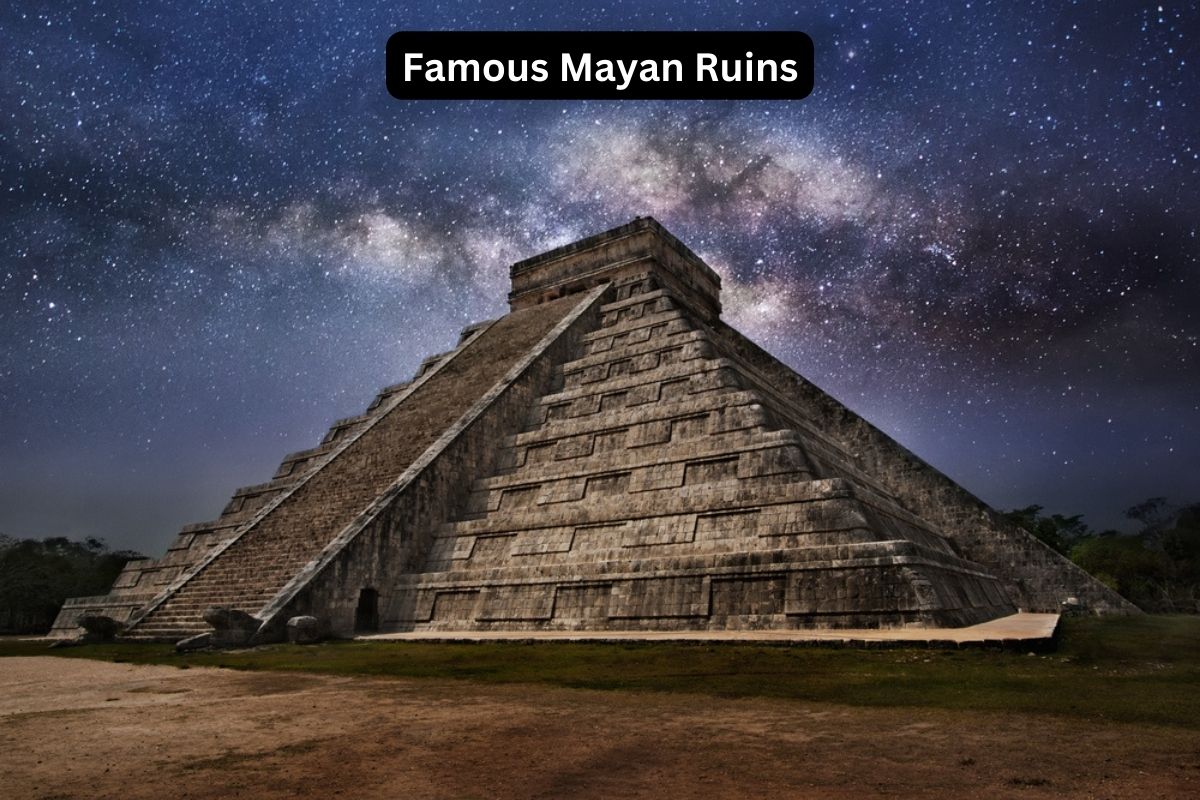The ancient Maya civilization, which thrived in Mesoamerica for over a thousand years, left behind a rich legacy of architectural wonders, intricate artwork, and a fascinating historical record.
Their cities, hidden in the lush jungles of Mexico, Guatemala, Honduras, and Belize, have captivated the imagination of archaeologists, historians, and travelers alike.
In this article, we embark on a journey to explore some of the most famous Mayan ruins, each offering a unique glimpse into the brilliance and complexity of the Maya civilization.
From the iconic pyramids of Chichen Itza and Tikal to the coastal splendor of Tulum and the remote grandeur of Caracol, let’s embark on an adventure through time and culture as we uncover the stories and significance behind these ancient marvels.
Famous Mayan Ruins
1. Chichen Itza (Mexico)
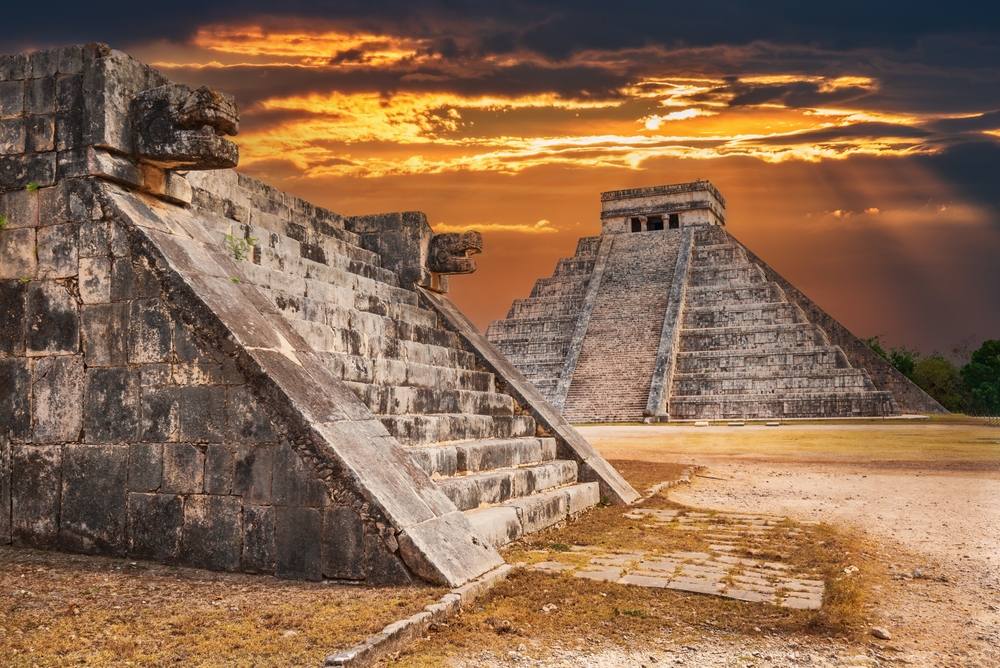
Chichen Itza, located in the Yucatan Peninsula of Mexico, is one of the most renowned Mayan archaeological sites. It reached its peak during the Late Classic period and continued to flourish into the Postclassic period.
The most iconic structure at Chichen Itza is El Castillo, a massive step pyramid that served as a temple dedicated to Kukulkan, the feathered serpent god. El Castillo is known for its impressive architectural and astronomical significance, including the famous “equinox effect” when shadows create the illusion of a serpent descending the pyramid’s steps during the equinoxes.
Also Read: Famous Mayans
Chichen Itza also features the Great Ball Court, where a mysterious Mayan ballgame was played, as well as the Temple of the Warriors, the Group of a Thousand Columns, and the Sacred Cenote (a natural sinkhole used for offerings).
2. Tikal (Guatemala)
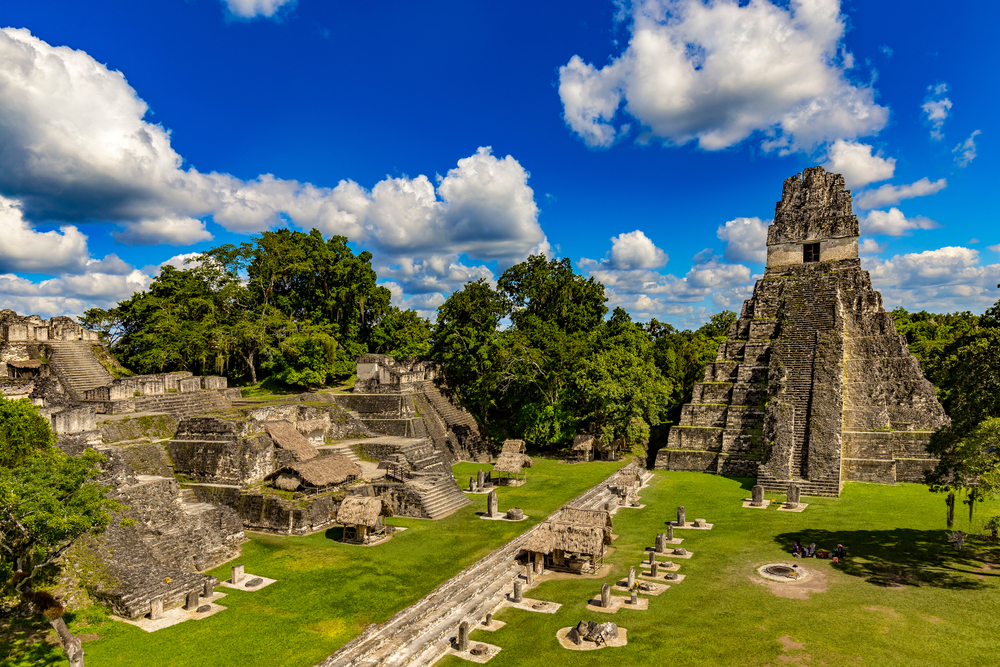
Tikal is one of the most extensive and well-preserved Mayan cities, nestled in the Petén region of Guatemala. It was a major urban center during the Classic period and played a significant role in the Maya civilization.
Tikal is characterized by its towering pyramids and temples that rise above the lush jungle canopy. The Great Jaguar Temple and Temple of the Mask are some of the prominent structures.
Also Read: Mayan Temples
The site also boasts numerous stelae and altars with intricate hieroglyphic inscriptions, providing valuable historical information about the city and its rulers.
Tikal’s strategic location allowed it to control important trade routes and interact with other Maya cities across Mesoamerica.
3. Palenque (Mexico)
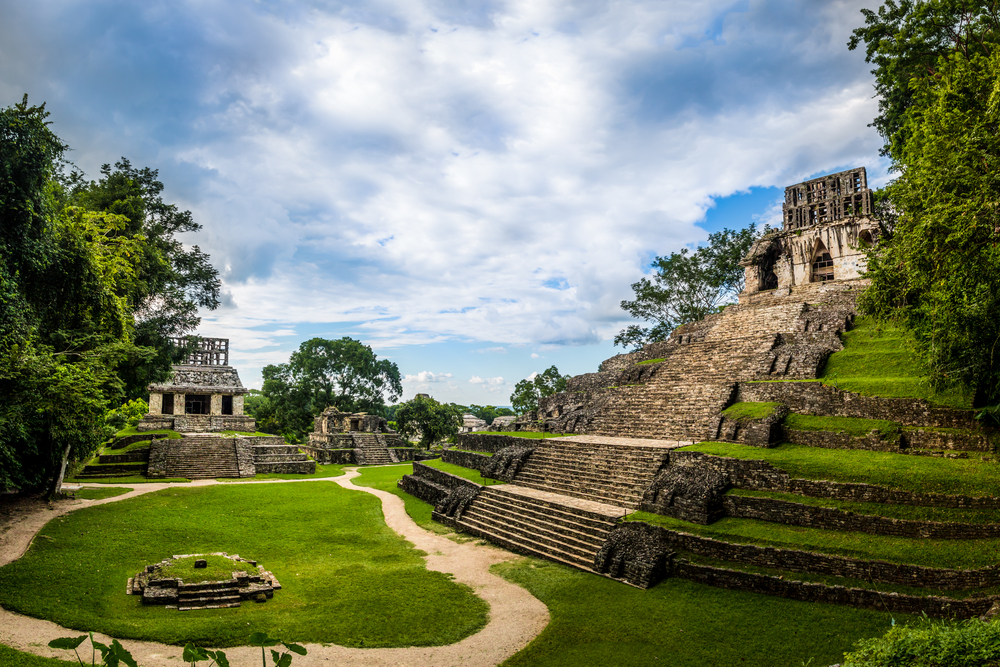
Palenque, located in the state of Chiapas, Mexico, is known for its exquisite architecture and artistic achievements. It flourished during the Late Classic period and was ruled by notable Maya kings.
The site is famous for its intricate temples and pyramids, including the Temple of the Inscriptions, which houses the tomb of King Pakal the Great. The carvings and hieroglyphics inside Palenque’s structures are among the most detailed and beautiful in the Maya world.
The Palace, with its elegant columns and courtyards, is another prominent feature of Palenque. The city’s artistry and its role in deciphering Mayan hieroglyphics have made it an essential site for understanding Maya culture and history.
4. Uxmal (Mexico)
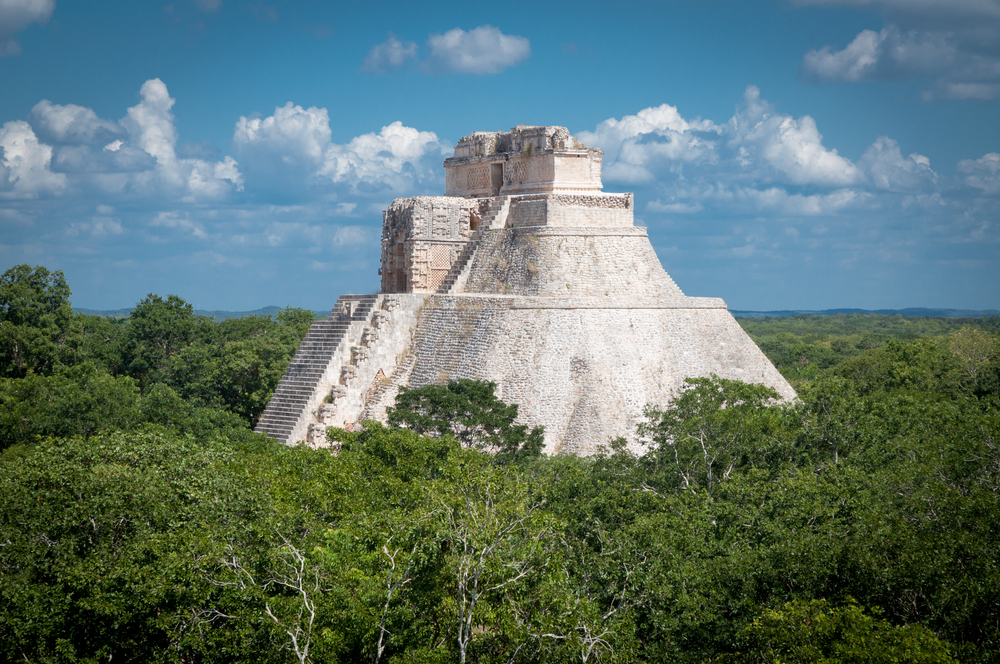
Uxmal, located in the Yucatan Peninsula of Mexico, is renowned for its stunning architecture and intricate details. This ancient city reached its peak during the Late Classic period and is known for its well-preserved structures.
One of the most iconic buildings is the Pyramid of the Magician (Pyramid of the Soothsayer), which has a unique oval base and rises dramatically from the ground. The Governor’s Palace is another impressive structure at Uxmal, characterized by its ornate facades, geometric patterns, and intricate carvings.
Visitors to Uxmal can also explore the Nunnery Quadrangle, a complex of buildings with beautifully decorated friezes. The site’s architectural grandeur and artistic sophistication make it a UNESCO World Heritage Site and a popular destination for archaeology and history enthusiasts.
5. Copan (Honduras)
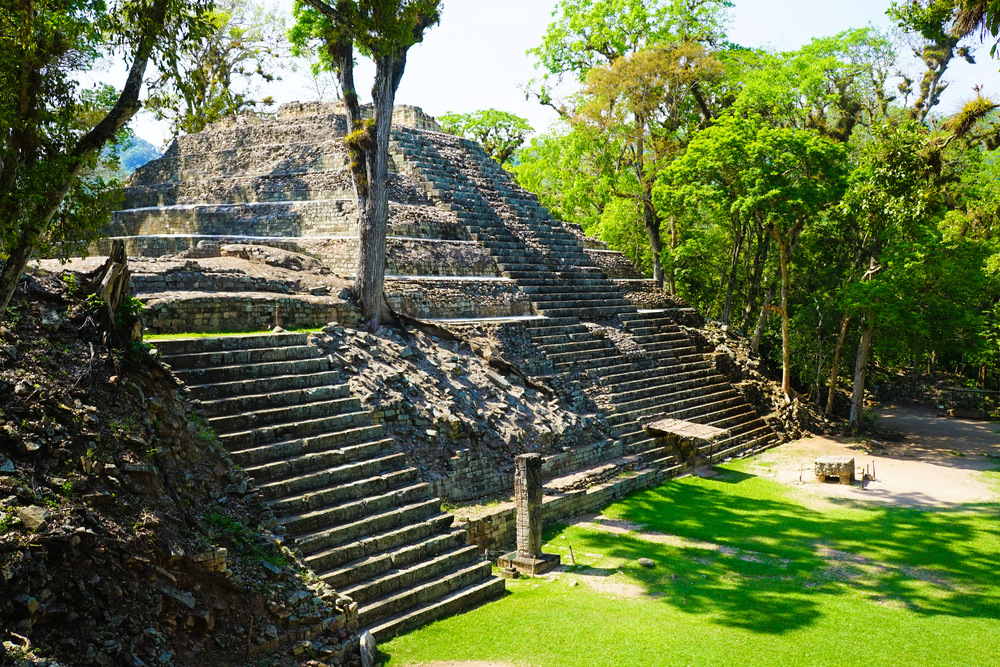
Copan, located in western Honduras near the border with Guatemala, is famous for its remarkable stelae, altars, and hieroglyphic inscriptions. This ancient Mayan city was an influential cultural and intellectual center during the Classic period.
The numerous stelae and sculptures found at Copan are considered some of the finest examples of Maya art. The site’s Hieroglyphic Stairway is a monumental work of hieroglyphic inscriptions that provide valuable historical and dynastic information about Copan’s rulers.
The Great Plaza is another notable area, surrounded by impressive temples and structures, including the Temple of Inscriptions and the Ballcourt. Copan’s rich art and historical records have made it an essential location for understanding the Maya civilization’s political and cultural dynamics.
6. Calakmul (Mexico)

Calakmul is one of the largest and most remote Mayan cities, situated within the Calakmul Biosphere Reserve in the Mexican state of Campeche. This ancient city reached its zenith during the Classic period and was a powerful rival to Tikal, with which it engaged in frequent conflicts.
The city is known for its extensive architectural remains, including towering pyramids and palaces hidden within the jungle. The most prominent structure is Structure II, a pyramid that rises over 150 feet high.
Calakmul is surrounded by a vast network of causeways and stelae, highlighting its political and military significance. Its remote location within a protected natural reserve adds to the unique charm of this archaeological site, making it a fantastic destination for both history and nature enthusiasts.
7. Tulum (Mexico)
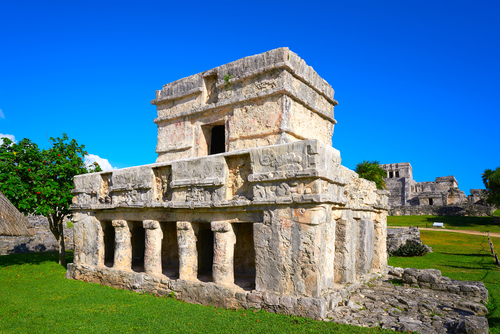
Tulum is a unique Mayan site located on the eastern coast of the Yucatan Peninsula, Mexico. What sets Tulum apart is its stunning coastal location overlooking the Caribbean Sea. Tulum was a late Postclassic period city and served as a seaport trading hub for the Maya civilization.
The site features well-preserved coastal fortifications, including the iconic “El Castillo” (The Castle), which stands on a cliff, offering breathtaking views of the turquoise waters below.
The Temple of the Frescoes and the Temple of the Descending God are other notable structures adorned with intricate murals and carvings. Tulum’s combination of archaeological significance and natural beauty makes it a popular destination for tourists.
8. Coba (Mexico)
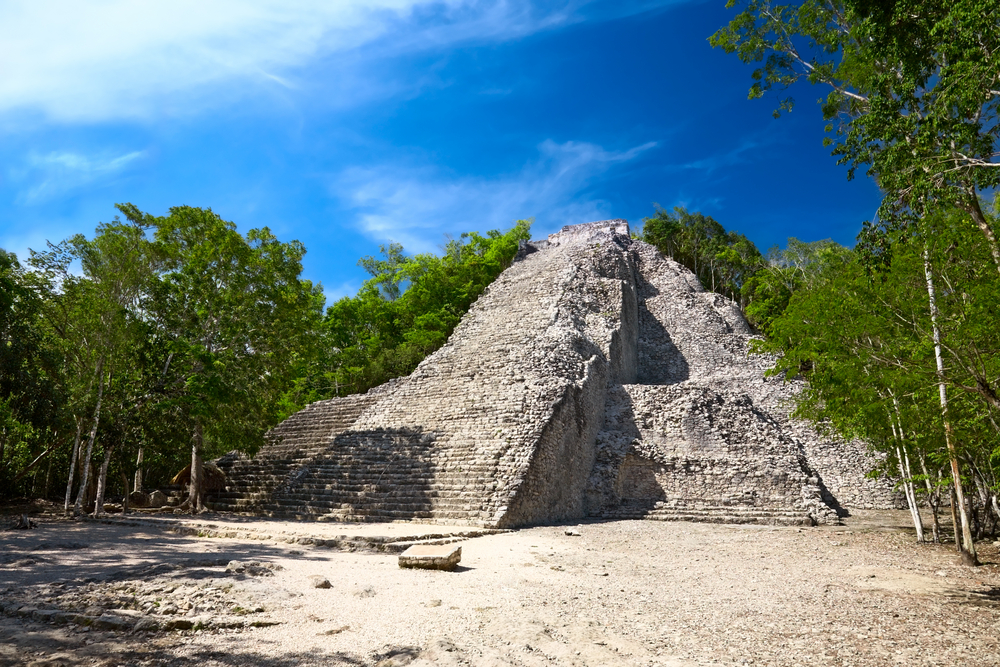
Coba is another significant Mayan archaeological site situated in the Yucatan Peninsula of Mexico. It was one of the largest Maya cities during the Classic period, known for its extensive network of ancient roads, known as sacbes, connecting various settlements within the region.
Coba’s main attraction is the Nohoch Mul pyramid, one of the tallest in the Yucatan, which visitors can still climb for panoramic views of the jungle.
The site also includes the Conjunto Pinturas group of temples and the Groupo Macanxoc, displaying intricate carvings and inscriptions. Coba’s historical importance and the opportunity to explore its extensive road system make it a fascinating destination.
9. Caracol (Belize)
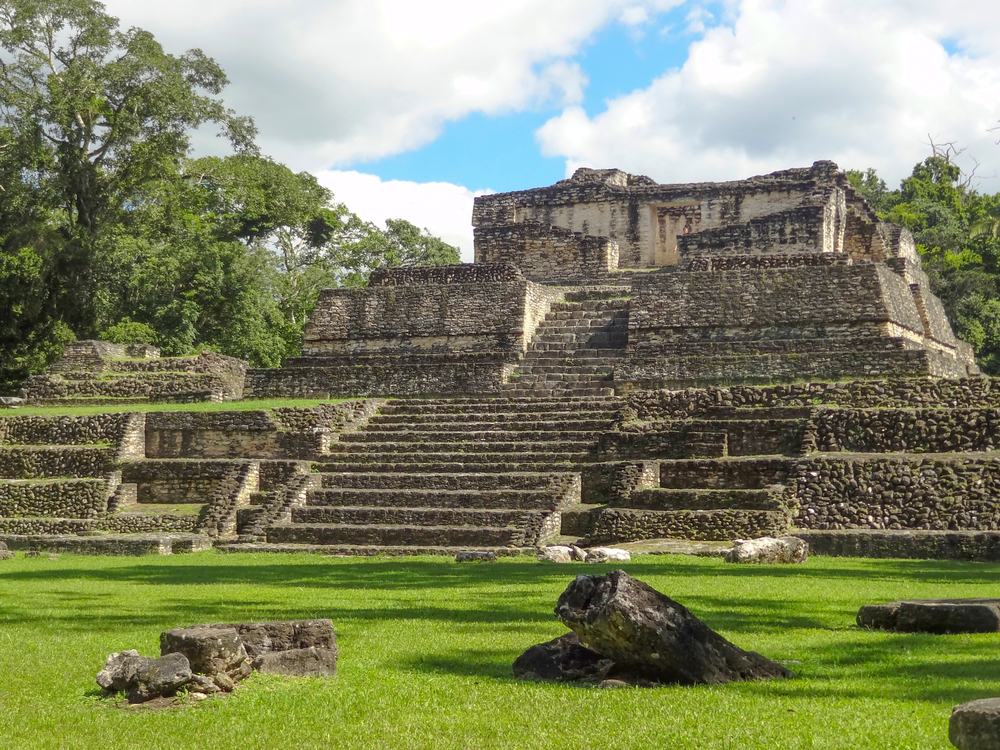
Caracol, located in the dense rainforests of western Belize, is one of the largest and most important ancient Maya cities. It reached its zenith during the Late Classic period and was a significant political and economic center in the region.
Caracol boasts impressive structures, including the towering Caana (Sky Palace) pyramid, which is one of the tallest man-made structures in Belize.
The site is known for its extensive system of causeways and over 30 stelae, many of which provide crucial historical information about the city’s rulers and events. Caracol’s remote location adds to its allure, offering a chance to explore the jungle and uncover ancient Maya history.
10. Yaxchilan (Mexico)

Yaxchilan is situated on the banks of the Usumacinta River in the Mexican state of Chiapas, near the border with Guatemala. This ancient city was a powerful center during the Classic period, known for its stunning location and intricately carved lintels and stelae.
Yaxchilan is famous for its hieroglyphic inscriptions and depictions of the city’s rulers and ceremonial events. The site features several temple complexes, including Structure 33, which houses a famous lintel that depicts the accession of Yaxchilan’s ruler, Shield Jaguar II.
Exploring Yaxchilan requires a boat ride along the Usumacinta River, adding an adventurous element to the visit.
